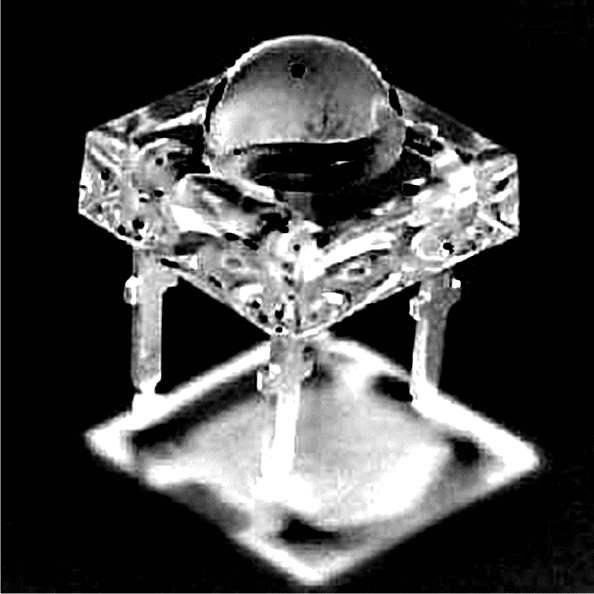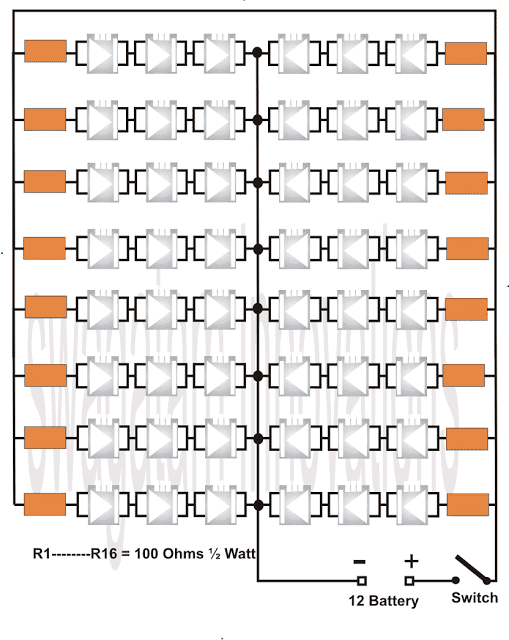In this post, we will explore building a super awesome car headlight lamp using Pirhana LEDs.
A car LED headlight is basically a super strong lamp made with high efficiency LED thingies, which makes crazy bright headlights for your car and uses way less energy too (instead of very high efficiency).
Using Fancy 4-Pin Pirhana LEDs
You're probably familiar with those regular two-pin, 5mm white LEDs, which aren't exactly weaklings and can shine pretty bright. But forget about those two-pin guys when it comes to 4-pin LEDs, they blow them out of the water.
Just stick 50 of these together and you'll be making lights that might be a bit too bright compared to normal car headlights.
Here, we'll get into how to use 4-pin LEDs in cars to make their headlights way more powerful and way more efficient with energy use.

In fact, these fancy LEDs might not be stuck in just car headlights, you might even want to shove them in other places too (instead of restricted to), like making a super bright LED tube light for your house.
This could save you a bunch of money (instead of result in a lot of saving) on your electricity bill.
Before we jump into the super cool circuit for this powerful LED headlight, let's take a peek at the important specs of this interesting light gizmo.
A 4-pin super bright piranha LED might look scary at first glance, but don't worry, it's actually no harder to understand than a regular two-pin one.
Even though it has four pins, two on each side are actually connected inside, so really it only has two important bits, an anode and a cathode, just like your normal two-pin LED.
The four-pin thing is just there to make it fit better on circuit boards and because it's a bit bigger than a regular LED, they were able to cram some special features inside (instead of square extra large shape...designed to introduce some special features). These features are what make it shine super bright.
Here's the Lowdown (instead of Main Specifications) on 4-Pin Super Flux LEDs:
- Safe operating temperature: 25 to 80 degrees Celsius (that's hot!)
- Typical operating voltage: around 3.5 volts
- Maximum operating voltage: don't go over 4 volts (or it might blow!)
- Normal operating current: 20 milliamps (mA)
- Super bright current: up to 100 mA (but only for a short time)
- Viewing angle: 50 degrees (how wide the light spreads)
The Big Bright Show: Using 4-Pin LEDs in Car Headlights
The DIAGRAM shows a simple circuit using a whopping 48 of these super bright 4-pin LEDs for car headlights.
Since each LED needs about 3.5 volts to work right, we've connected three of them together in a row (in series).
Then, we connect these rows together side-by-side (in parallel) to get a total of 48 LEDs. The power comes straight from the car battery, controlled by the switch on the dashboard.
Bonus Tip: For the best light spread, try arranging the LEDs in a circle inside the headlight housing.
Circuit Diagram

The circuit board (PCB) should be made of a special material called glass epoxy. It also needs to have copper on both sides (double sided).
We won't be etching anything on the back copper layer (hind side copper). Instead, this copper layer will act like a heat sink. It will absorb the heat generated by the LEDs and spread it out into the air, keeping everything cool.
Leave a Reply